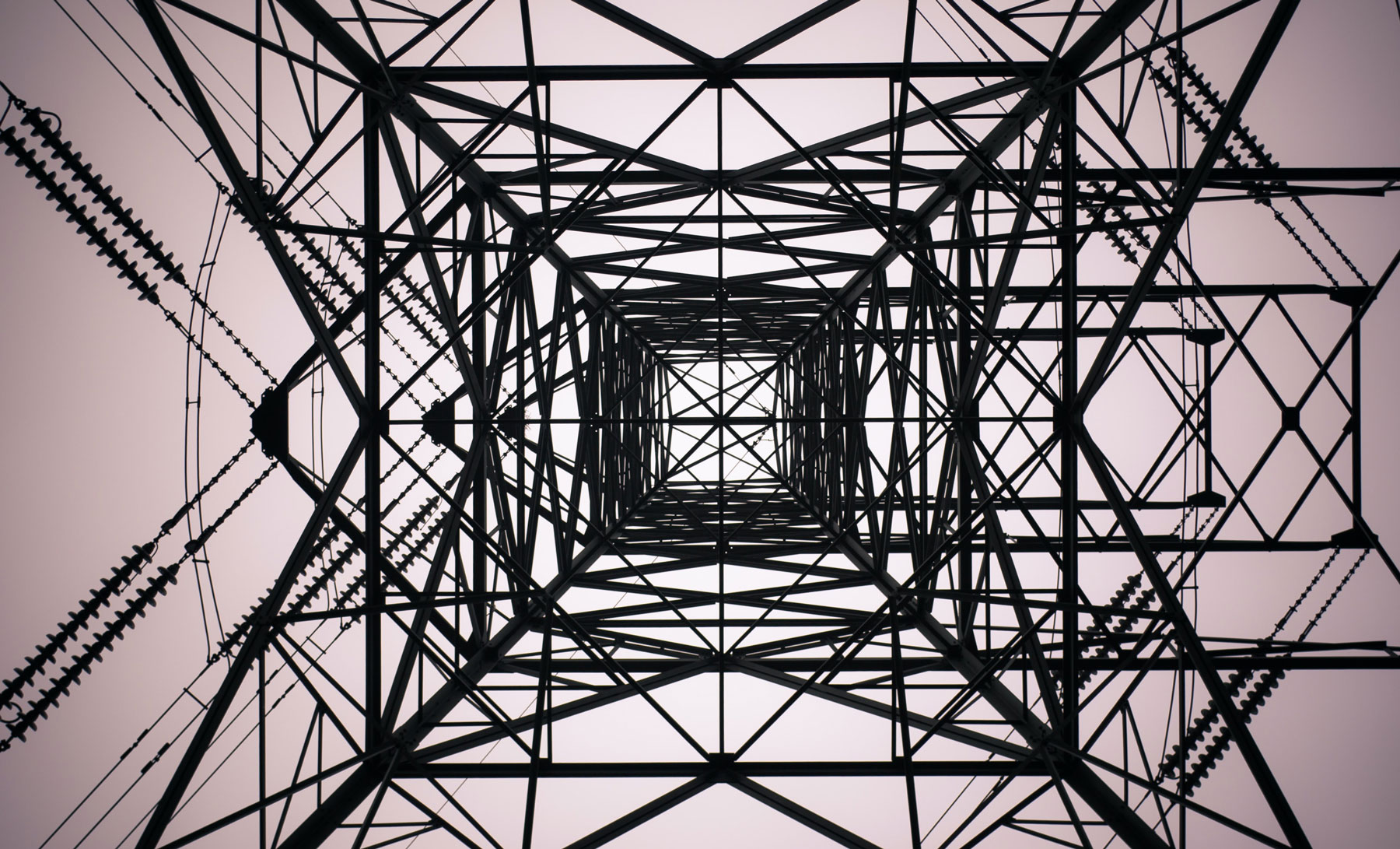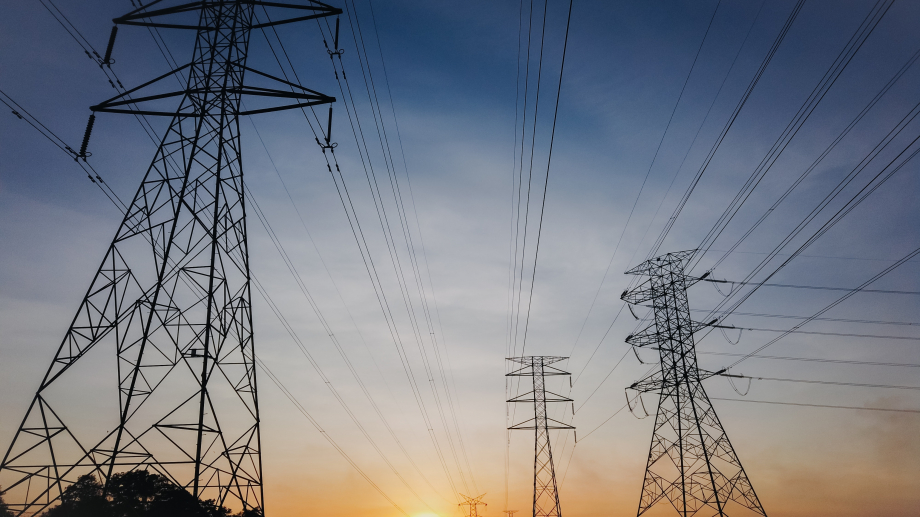
The Top 4 Energy and Utility Industry Trends to Pay Attention to in 2022
Compared to other sectors, it’s fair to say that the energy and utility industries are not traditionally known for being the most innovative. But there are big changes on the horizon, driven by demands for greater sustainability, as well as huge advances in technological capabilities.
2022 looks to be a year when a number of exciting trends will reach the mainstream. These include not only simultaneous decentralization and digitalization beyond the plant floor, but an embrace of artificial intelligence and a movement towards green energy sources. So, here are the top 4 energy and utility industry trends to pay attention to in 2022.
1. Sustainable and Green Energy Sources
Following COP26, we can expect to see an an acceleration in the decarbonization of operations of the energy and utility sectors. While it is disappointing that the recent summit did not lead to any specific commitments from the member parties, it is notable that a commitment has been made to “accelerating efforts towards the phase down of unabated coal power and phase out of inefficient fossil fuel subsidies.”
This is the first time that coal has been specifically mentioned in a United Nations Framework Convention on Climate Change (UNFCCC) document, signaling that the era of coal is coming to an end. What’s more, all 197 Paris Agreement parties committed to review their nationally determined contributions (NDCs) in 2022 rather than their previous review date of 2025.
In broad terms, the result of these developments will be a continued push for energy and utility companies to move towards renewable energy over more traditional energy sources.
2. Artificial Intelligence
Artificial intelligence – or computer systems that can be trained to perform tasks which formerly required humans – will also start to play a larger role in the industry in 2022. IN recent years, we have seen AI being used for renewable energy forecasts, and optimizing grid and plant operations.
Moving forward, AI will play a significant role in the transition towards highly efficient, zero-emission, and linked energy systems. For example, AI and machine learning tools such as ComboCurve, a cloud-based operating system for energy companies, are already providing increasingly transparent management tools for energy providers. These tools not only enable smarter projections thanks to cutting edge technical solutions, but they also greatly impact the operators ability to streamline operational inefficiencies.
3. Decentralization Will Give Way to Real-Time Energy
Real-time operations continue to be both an opportunity and a challenge for utilities providers. An increased move towards energy decentralization will make this more attainable to the average utility and energy customer in coming years.
By taking a decentralized approach, businesses of all sizes can enter the energy market – not just the largest out there. Those which are currently around can also better position themselves to react to changing market conditions, thus increasing their earnings.
In this way, decentralization creates a mutually beneficial situation for all involved. Consumers have more choice, while operators can innovate easier and the market itself only gets stronger.
4. Digitalization Beyond the Plant Floor
Finally, digitalization in general has brought major benefits to just about every industry over the last decade and energy and utility providers are no exception. It’s become so pivotal that experts recommend including digitalization concepts which start at the policy development stage, all to make sure that the types of systems being created will have the maximum benefit possible.
The most obvious application is on the plant floor – particularly as sensors and devices connected to the Industrial Internet of Things become more commonplace. But it can be of service to workforce processes and even customer service operations, too. The thoughtful implementation of digitalization can unlock efficiency improvements in all corners of a business.
In the near future, expect to see mobile applications for devices like smartphones and tablets that will enable employees and their customers to work together. Mobile meter reading will become the new norm. The ability to access important, actionable information in real-time will also improve – thus making sure that the people who need that data to make the best decisions possible always have it.



